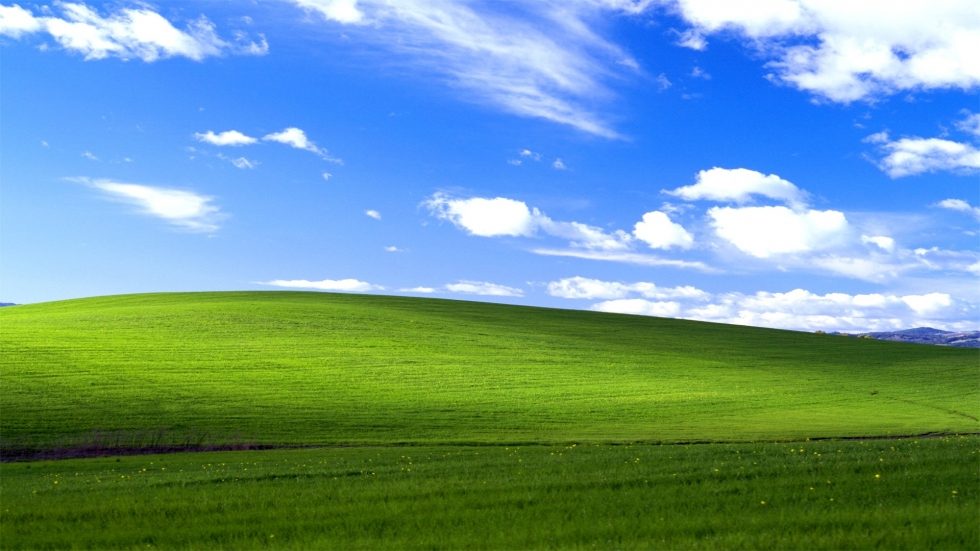
This is my first introductory blog for ASTR 2110. The image above is a picture taken by Hubble of the Pillars of Creation, a structure in the Eagle Nebula. I chose this image because I really like the colors and it is one of my favorite space pictures. You can read more about the pillars of creation here.









